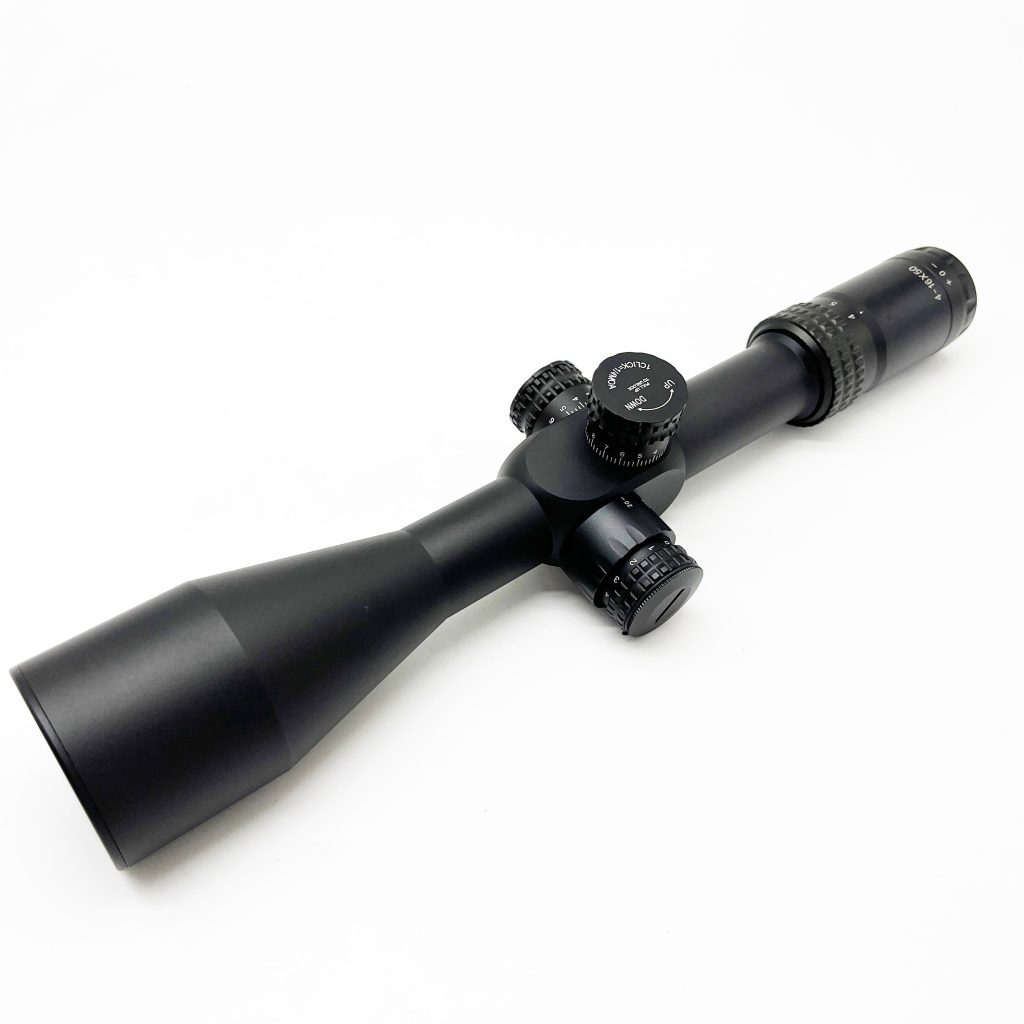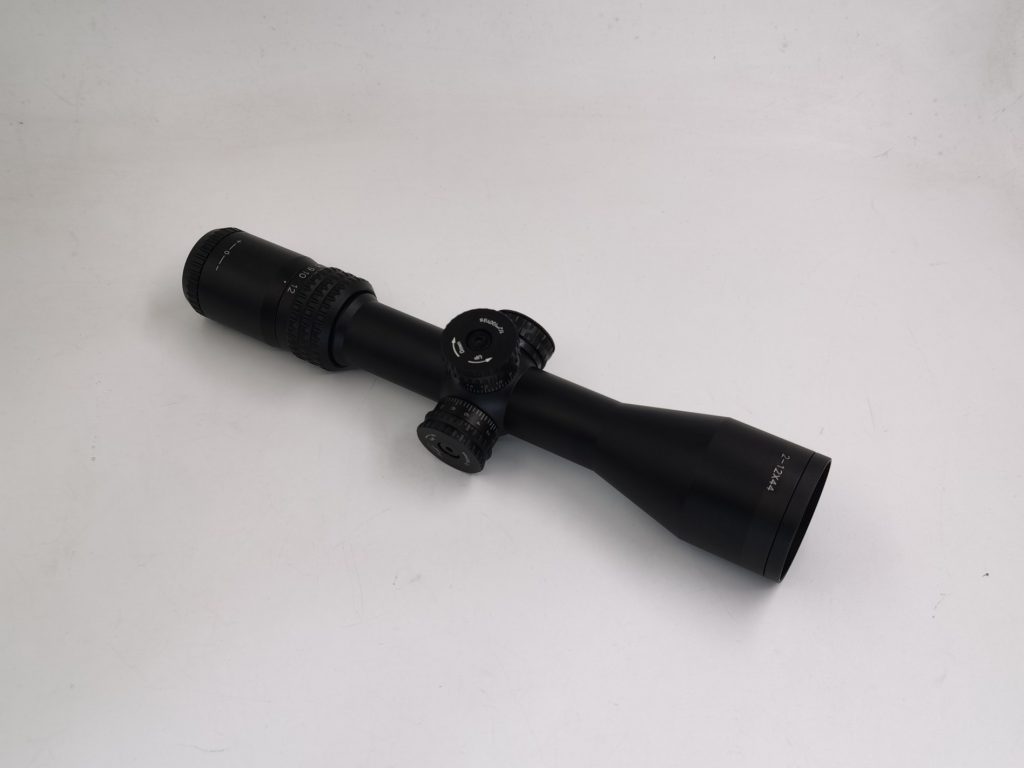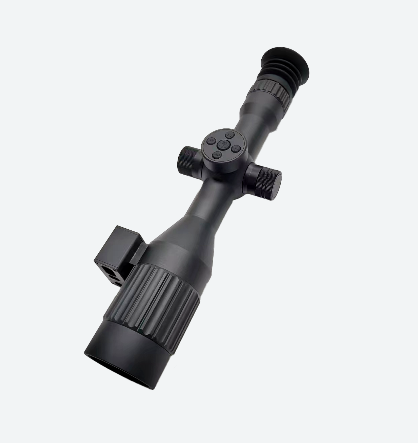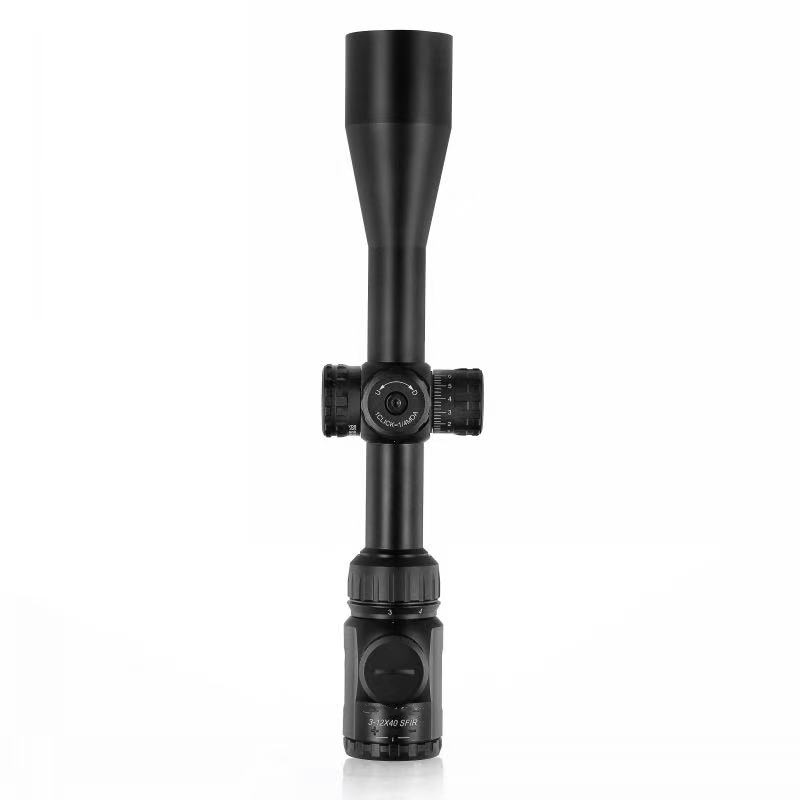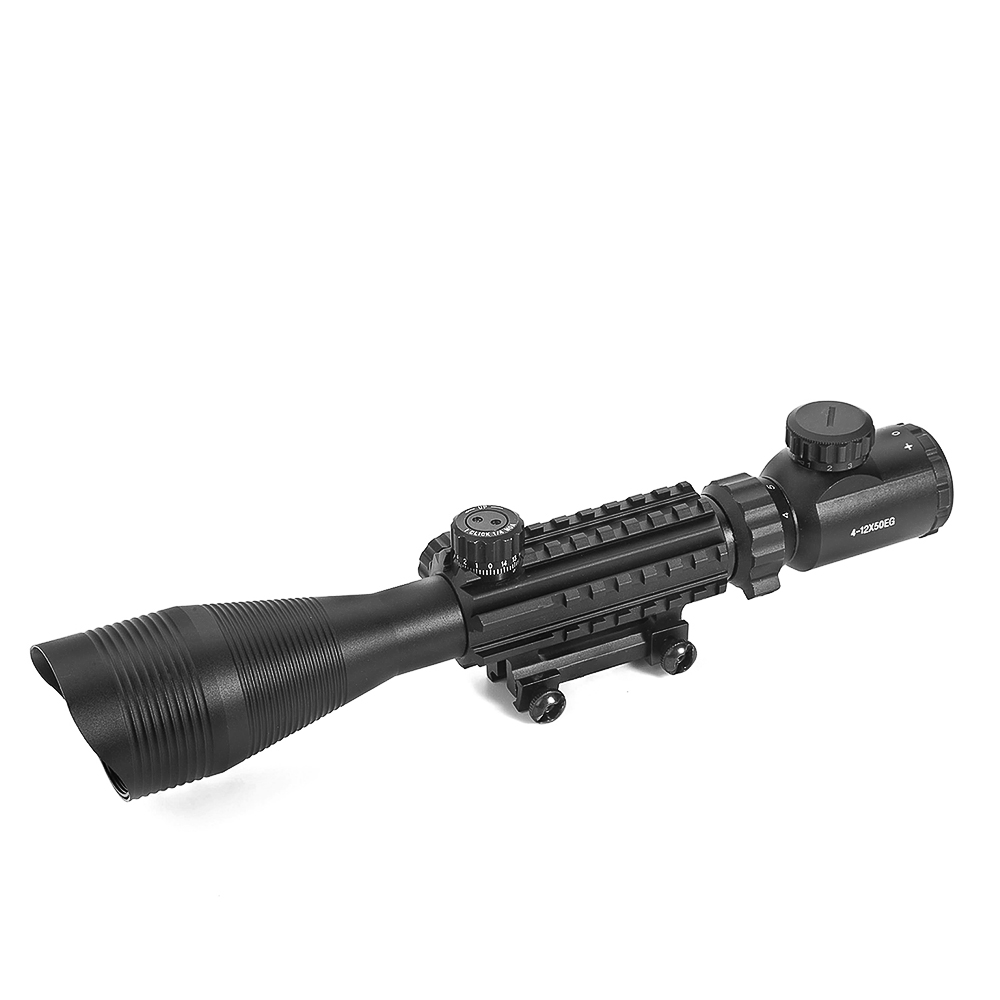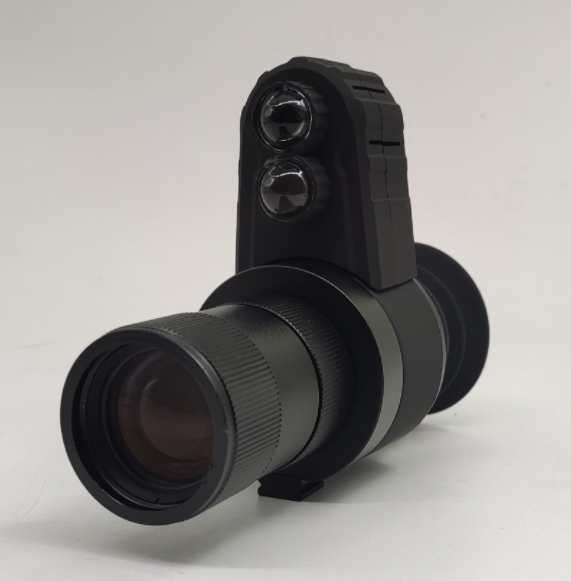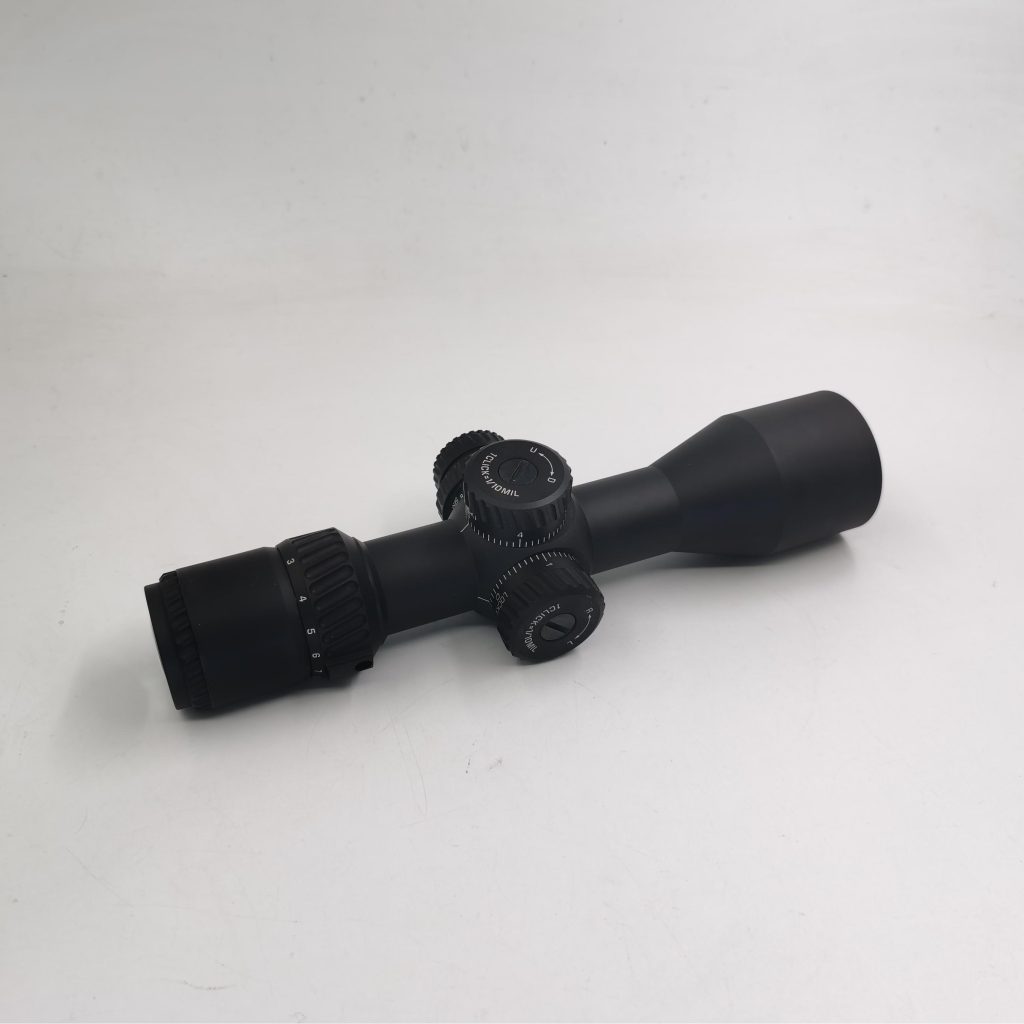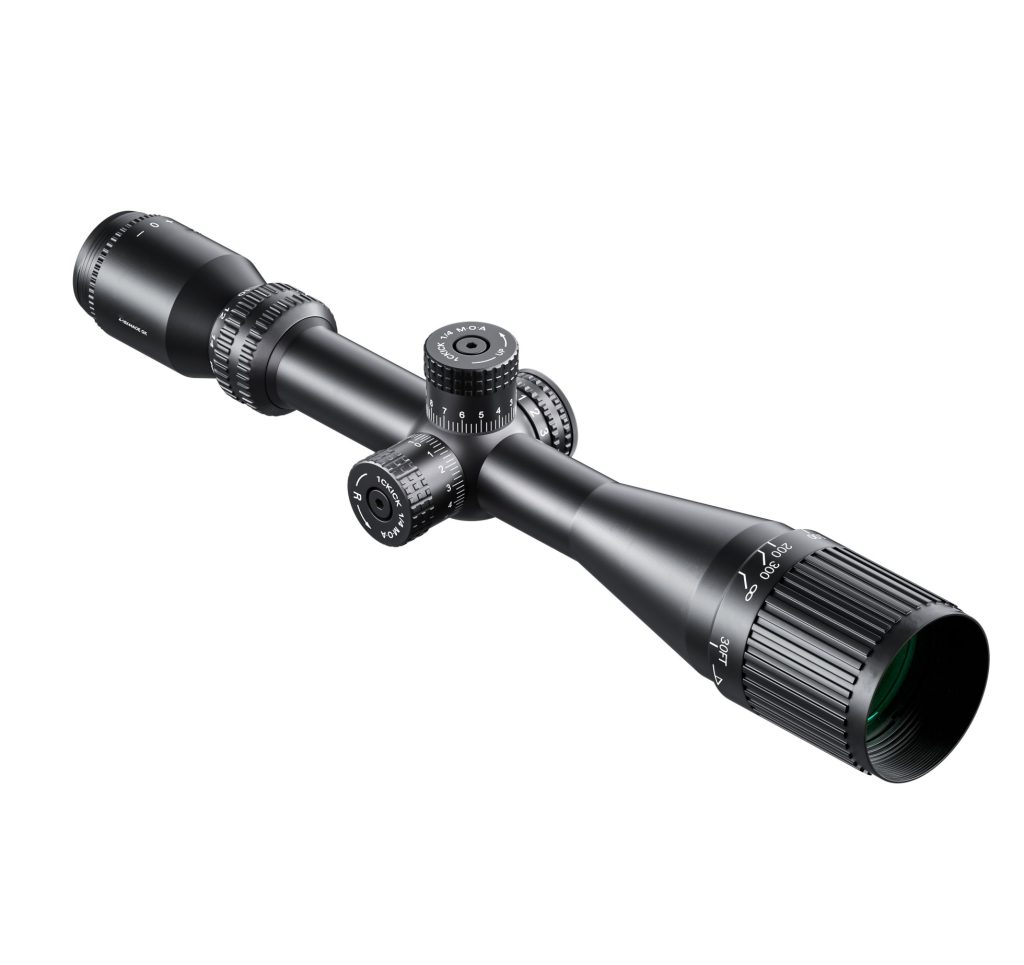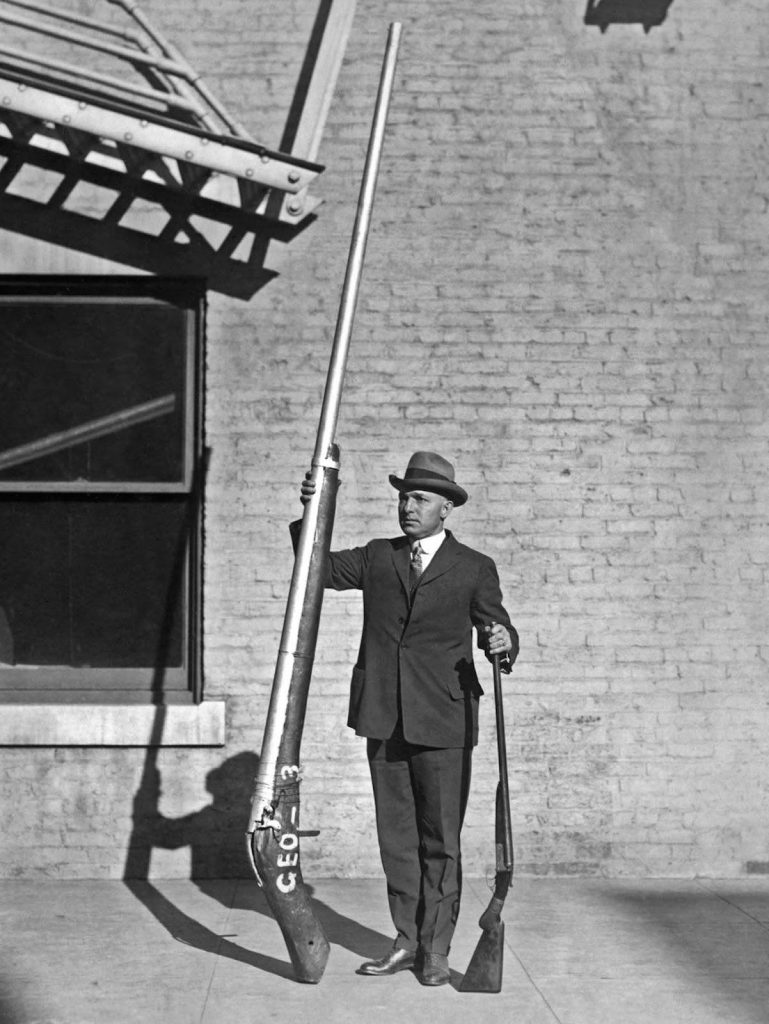
This rare photograph, taken in 1920—over a century ago—captures U.S. Chief Wildlife Inspector George A. Lloyd holding an astonishing punt gun. At 10 ft 9 in long and weighing 250 lb, this oversized shotgun could bring down up to 500 ducks in a single day, driving wetland waterfowl populations to the brink and spurring the first major wildlife‐protection laws in the United States.
Over the decades, the very notion of “hunting” has shifted from sheer volume to surgical precision. While these giant shotguns represent an era of mass harvest, today’s high-power scopes and smart fire-control systems make one-shot kills the norm—reducing wasted ammunition, sparing animal suffering, and reshaping both hunting regulations and ethical standards. From Lloyd’s “super duck” era to modern marksmanship, we witness not only technological leaps but also an evolving respect for natural resources and animal welfare.
The Super Duck Era: Mass Harvest at Its Peak
Punt Gun Origins & Mechanics
A punt gun was a massive, small‐boat–mounted shotgun (often on a flat “punt”), firing hundreds of lead pellets in a single blast.
With bores exceeding 1 in, it covered several meters of water on each shot—instantly felling dozens of birds.
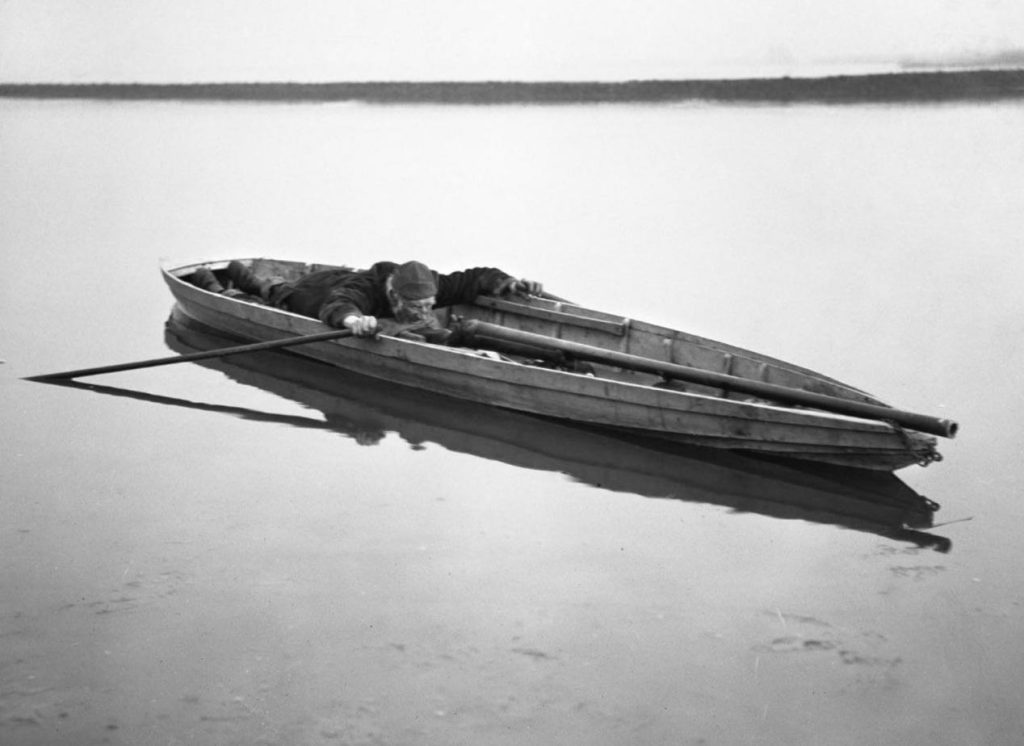
Efficiency vs. Overharvest
| Aspect | Advantages (Efficiency) | Disadvantages (Overharvest) |
| Output/Yield | Unmatched yield – ideal for high commercial demand; produced large quantities of meat and feathers quickly. | Ecological damage – mass killings drastically reduced waterfowl populations. |
| Labor Requirement | Low manpower – a few hunters on a punt boat replaced many land-based hunters. | Ecosystem disruption – large-scale killings destabilized wetland ecological balance. |
| Environmental Impact | — | Severe ecological consequences, including population crashes and habitat disturbances. |
| Legal Regulation | — | Prompted strict legal restrictions and eventual bans by the early 20th century in U.S. & Europe. |
From Mass Harvest to Single-Shot Precision: A Conceptual Shift
As conservation consciousness grew, hunters moved away from “spray-and-pray”. With more accurate firearms and optics, many adopted a patient, single-target approach: studying an animal’s stance, behavior, and surroundings before delivering a clean, humane shot.
Legal frameworks now regulate seasons, bag limits, and—even—the use of high-powered scopes or long-range rifles. Precision hunting is praised for minimizing suffering and wasted shots, reinforcing a respectful stewardship of wildlife.
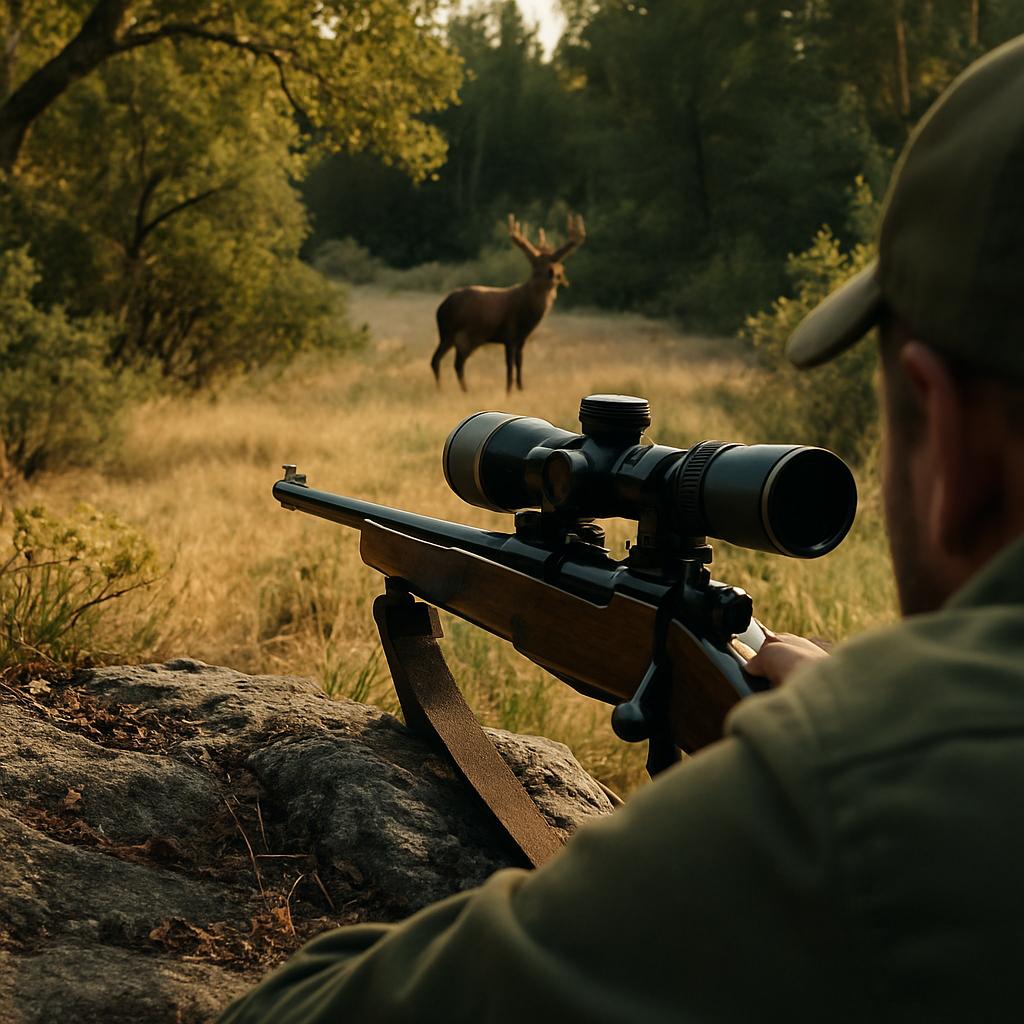
The Rise of High-Precision Scopes
Iron Sights & Basic Optics
Early hunters relied on front-and-rear iron sights. When the first 1.5×–2.5× tubular scopes arrived, they offered improved accuracy but remained bulky with narrow fields of view.
Multi-Coating & Prism Systems
Mid-20th century breakthroughs in glass and lens coatings boosted light transmission and contrast. Porro and roof-prism designs (Abbe-König, Schmidt-Pechan, etc.) shrank form factors and widened sight pictures—hallmarks of today’s premium scopes.
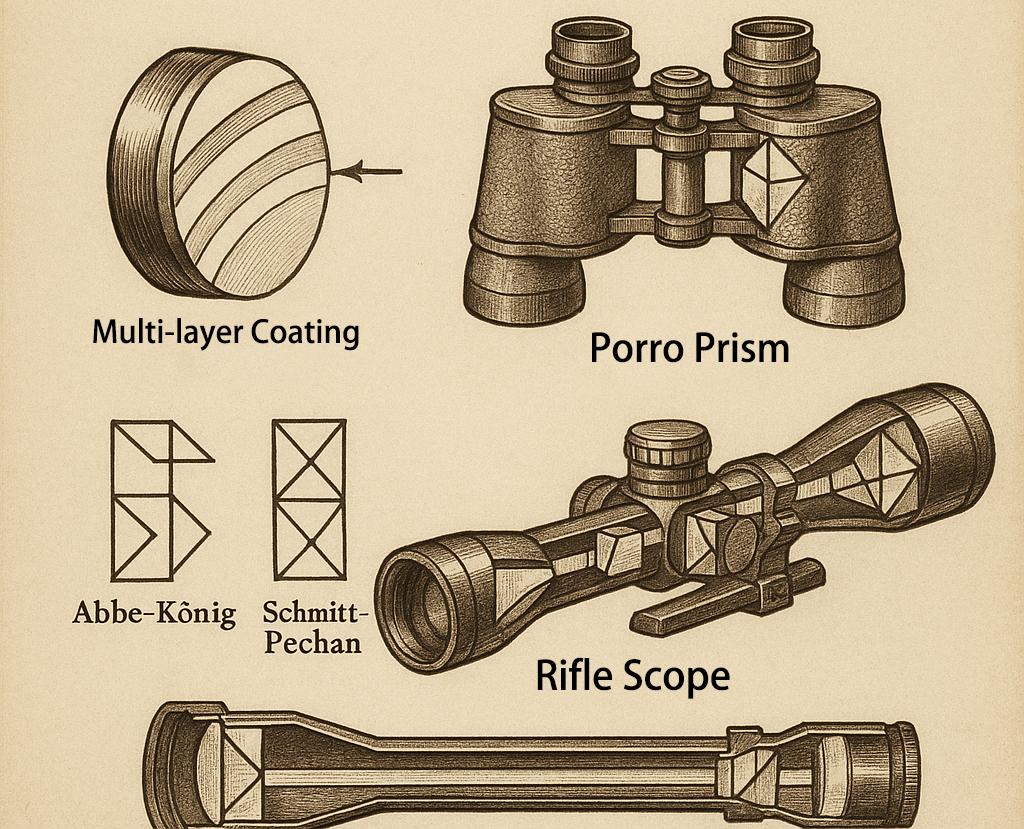
Turrets & Digital Ballistics
Modern scopes feature precise ¼-MIL or 1/10-MIL adjustment turrets, while integrated laser rangefinders, ballistic calculators, and electronic HUDs let shooters input ammo and environmental data to auto-compensate point-of-aim—truly enabling “one-click hits.”
FORESEEN OPTICS’ 2025 Breakthrough
In 2025, FORESEEN OPTICS launched an affordable digital night-vision scope with built-in smart ballistics for under $500, putting revolutionary, one-shot capabilities into every hunter’s hands.
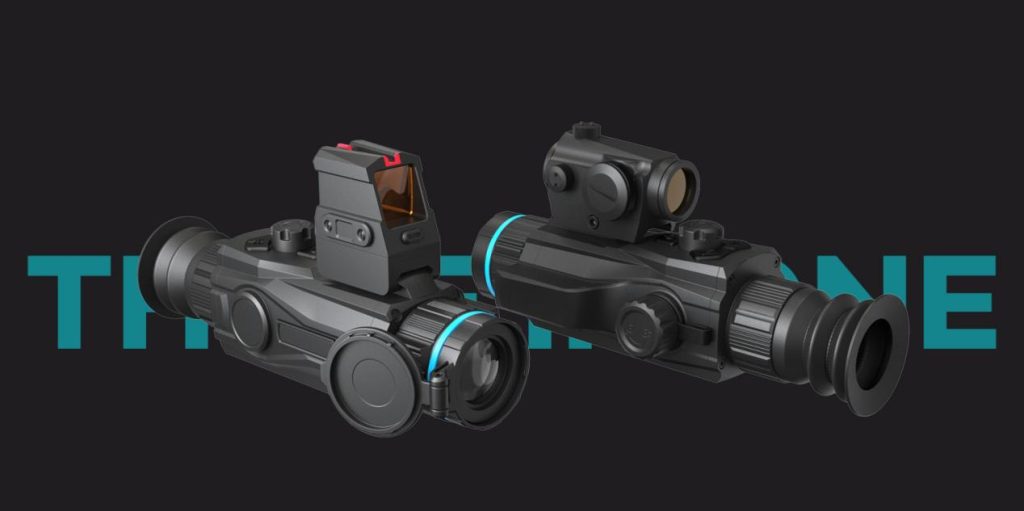
The Multi-Domain Value of Precision Shooting
Military & Law Enforcement
Precision weapons reduce collateral damage in urban and counterterror operations, aligning tactical effectiveness with ethical mandates.
Competitive Shooting
From sniper competitions to Olympic rifle events, precision shooting tests the ultimate human-equipment synergy, celebrating fairness and technological edge.
Hunting & Wildlife Management
In wildlife population control, disease monitoring, and invasive-species removal, accurate shots safeguard non-target animals and promote ecosystem balance.
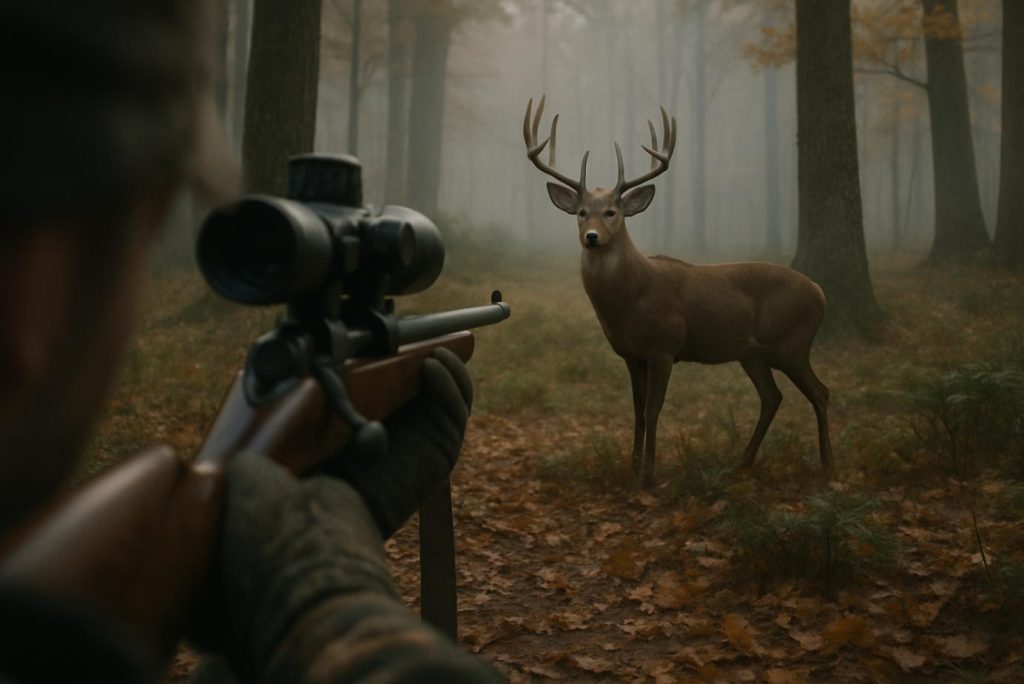
Conclusion
From the “super-duck” shotgun to today’s smart scopes, the story of hunting mirrors our journey toward balancing efficiency and ethics. High-precision optics and digital fire control have transformed not only how we hunt, but also how we value wildlife and ecosystem health. As AI, advanced materials, and optics continue to evolve, the legacy of “one-shot precision” will keep shaping both technology and our moral compass in the wild.

